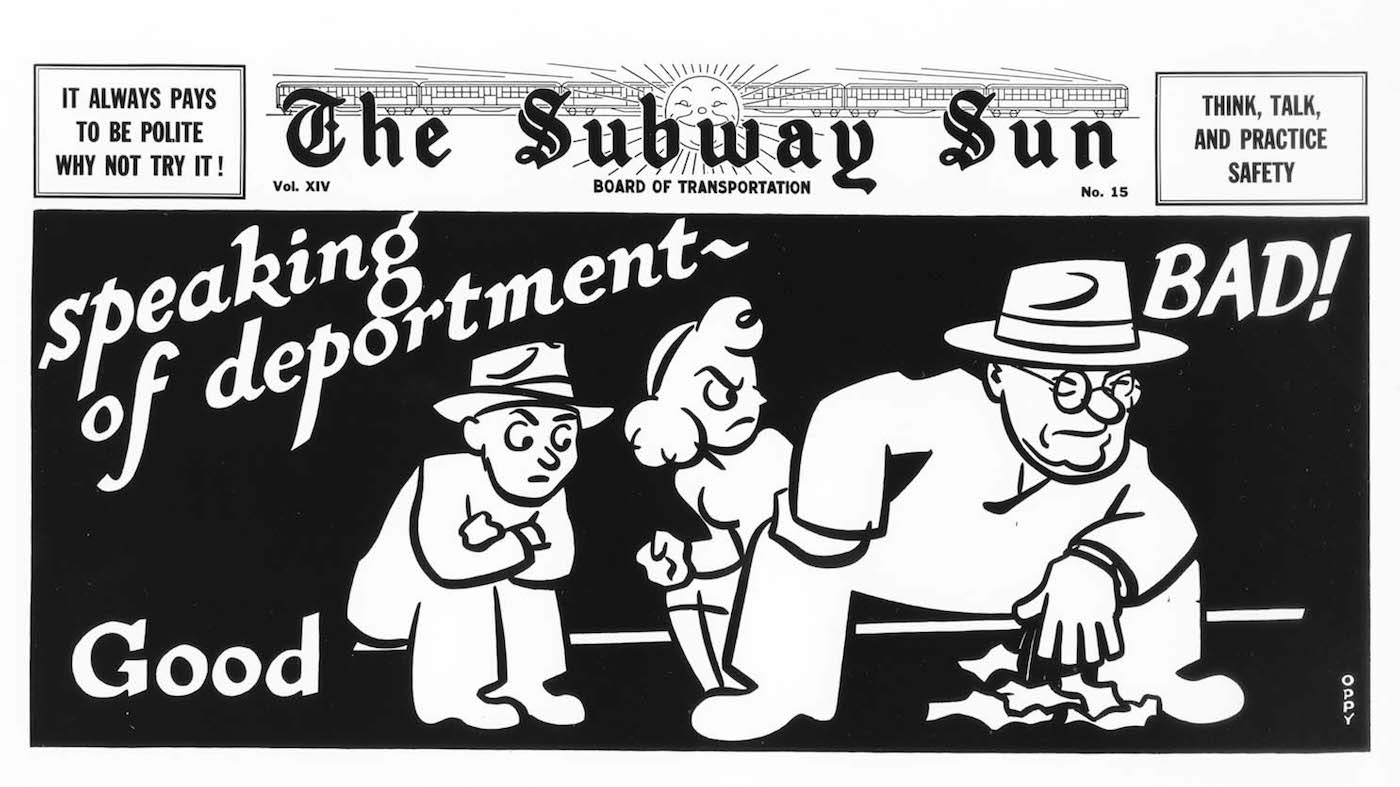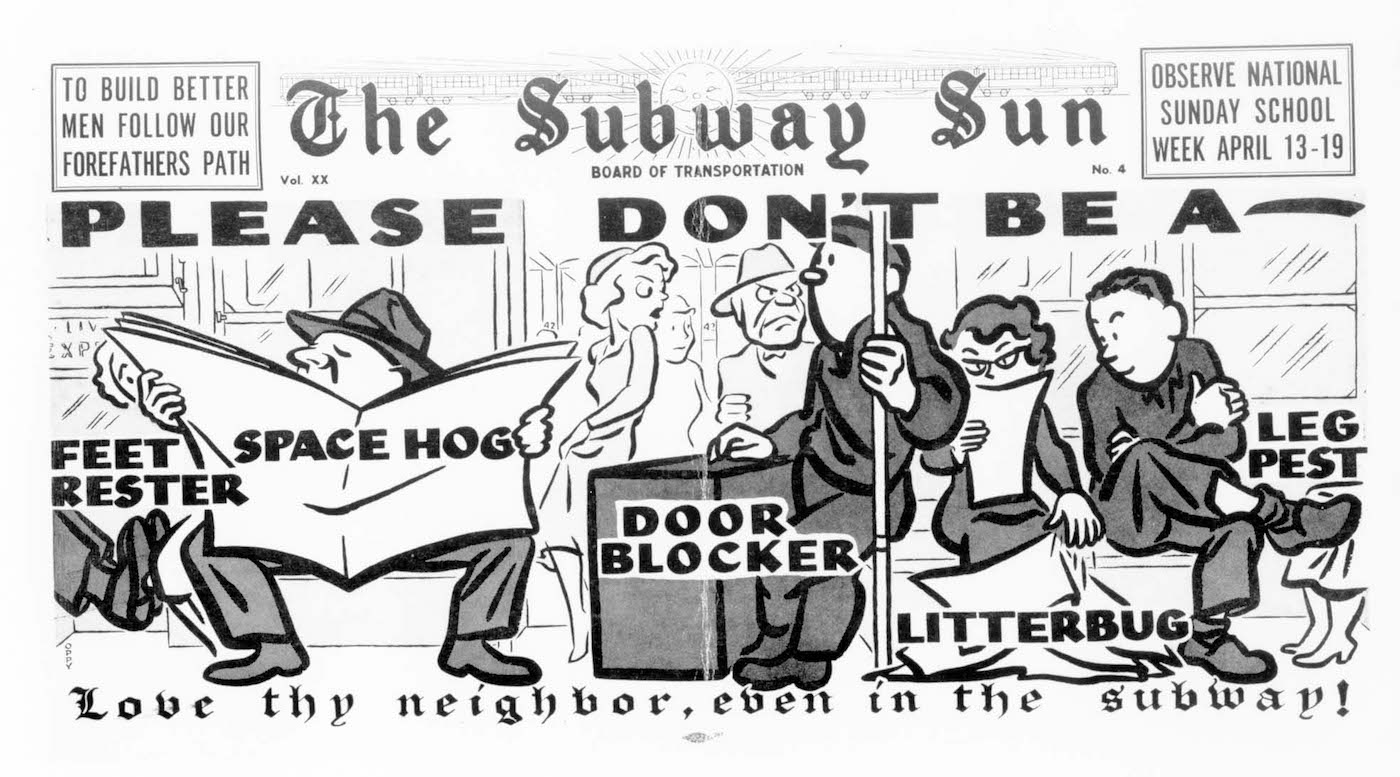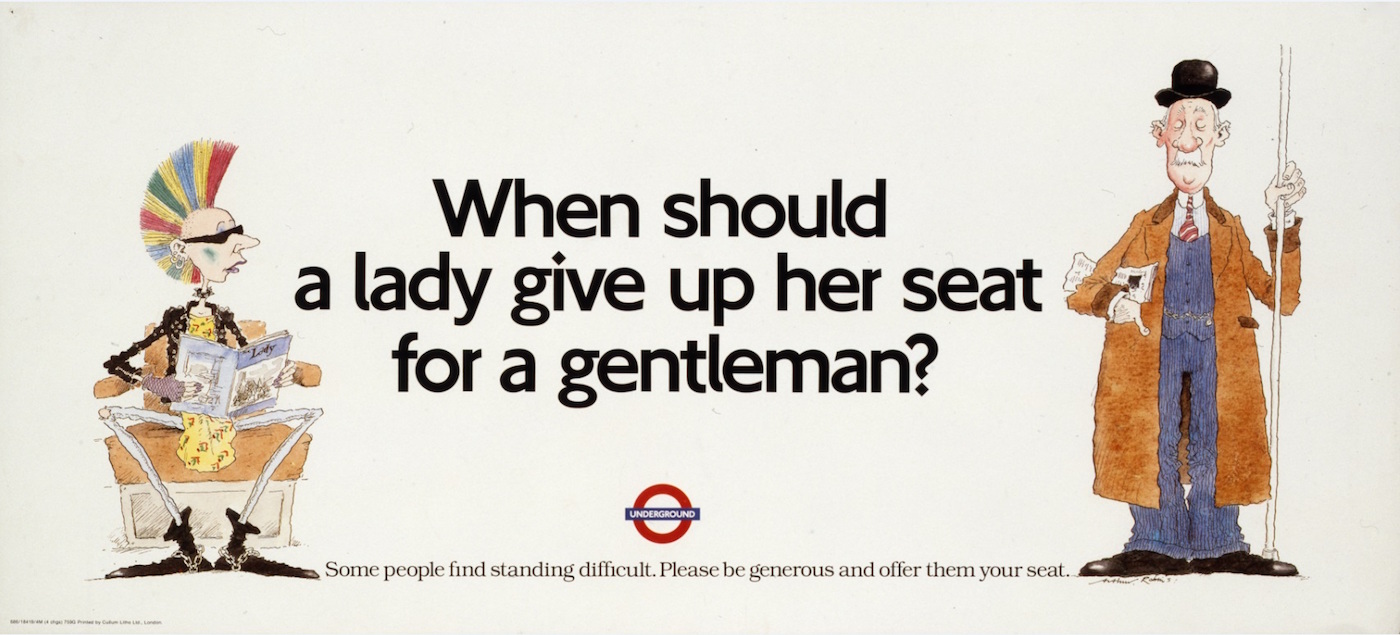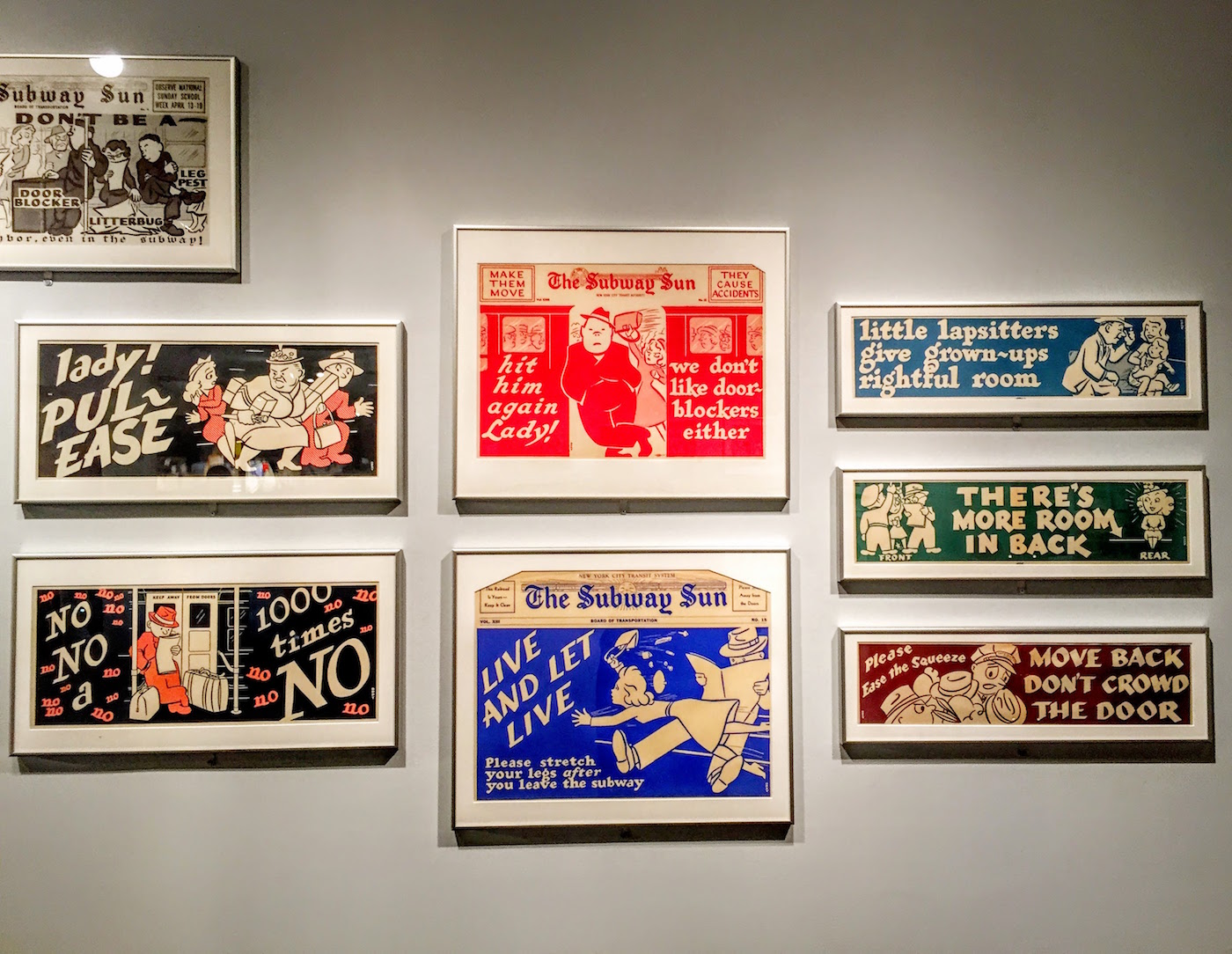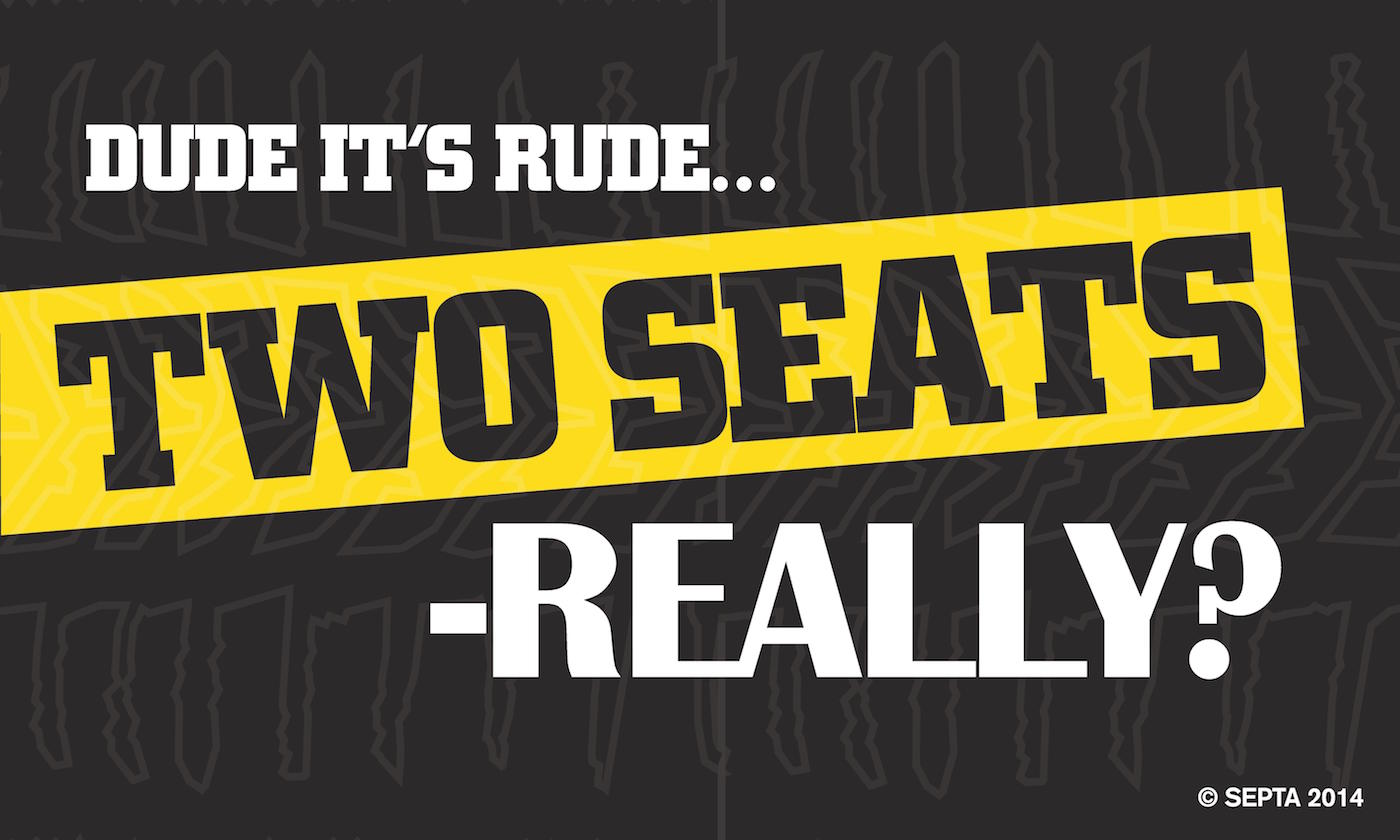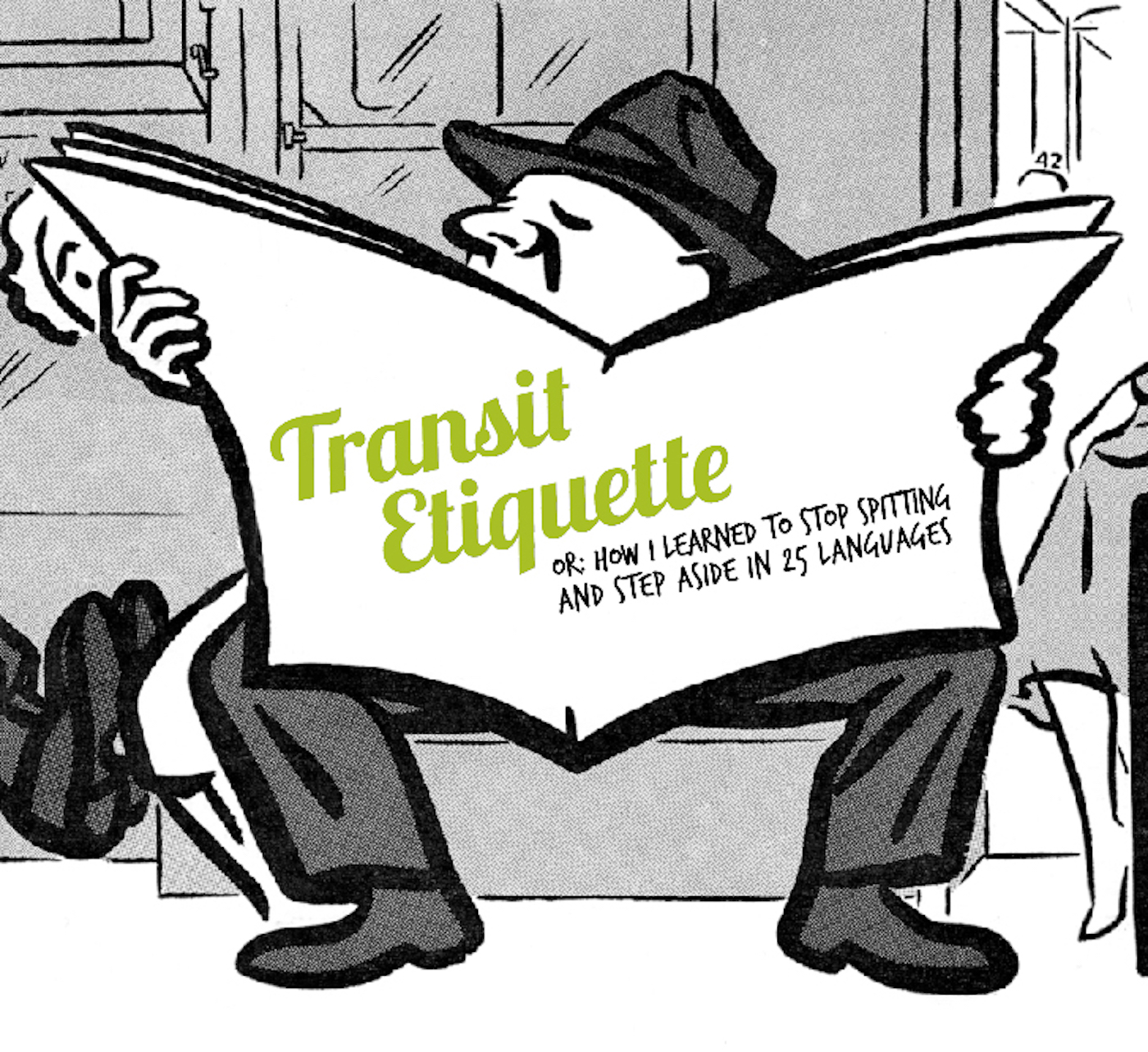For Fluxus Artist Alison Knowles, Anything Can Be Art
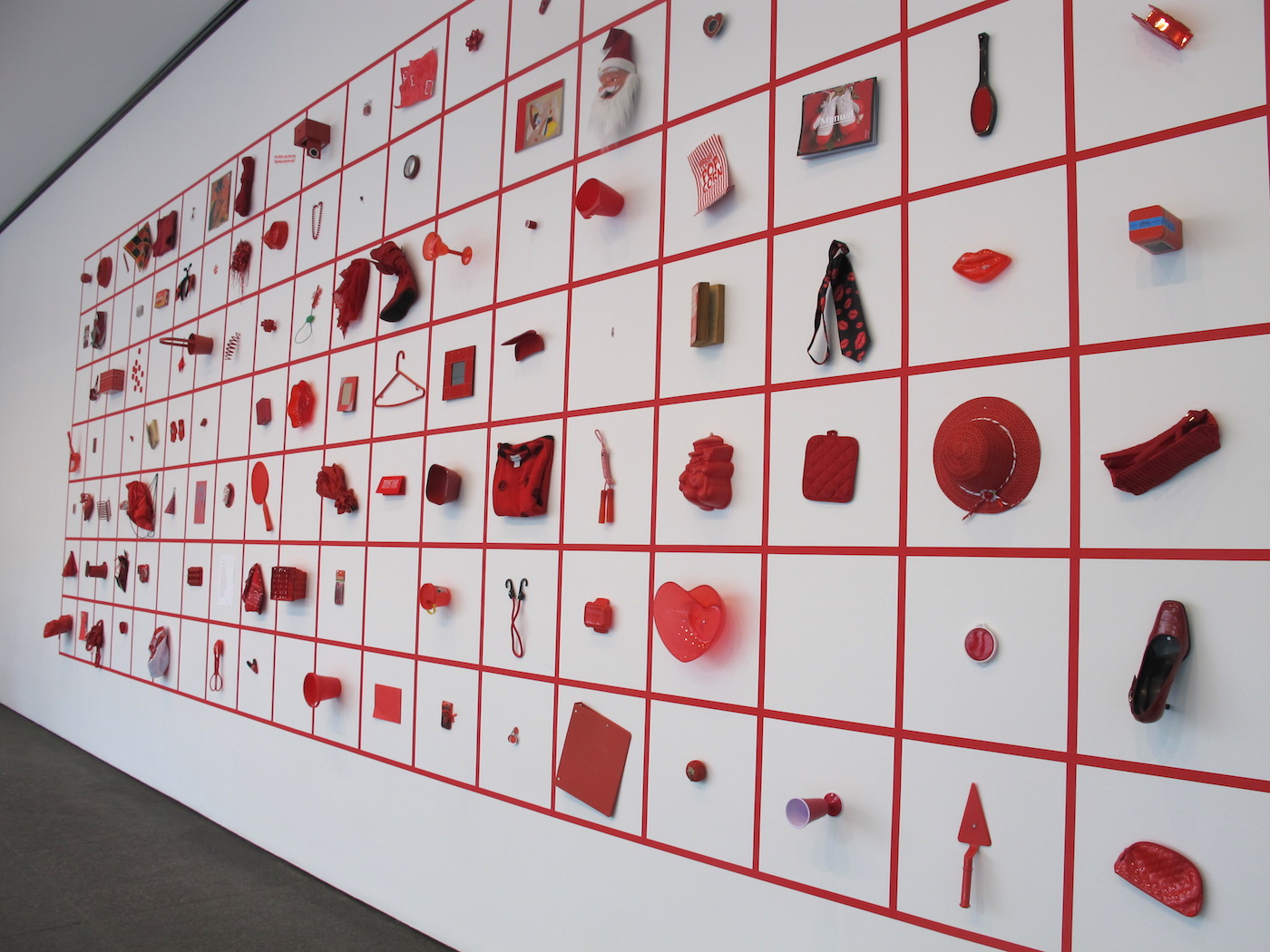
Alison
Knowles, “Archives of red objects from Celebration Red by Alison
Knowles, Carnegie Museum of Art” (May 19, 2016) (all photos by the
author for Hyperallergic)
PITTSBURGH — There are hardly any figures in the
Alison Knowles exhibition at the Carnegie Museum of Art,
but the presence of bodies, especially that of the artist, resonates
throughout the prints, scroll books, and multimedia installations. The
show features the artist’s work starting with the Fluxus movement, which
she helped found in the 1960s, to her participatory “event” scores, or
series of written instructions for participatory performances,
transforming the gallery into an artful playland.
Knowles performed during the opening night, including a renewed
“Celebration Red” (1962), one of her notable instructional “event”
scores. For the occasion, hundreds of Pittsburghers brought found red
objects, including shoes, an album cover, and candy boxes (Knowles
brought her own tiny, red rose), creating “Archive of red objects”
(2016), now brightly arranged in the vast entryway. The pristine grid
arrangement of the nostalgic, random items in Fluxus spirit exemplifies
that everything is art.
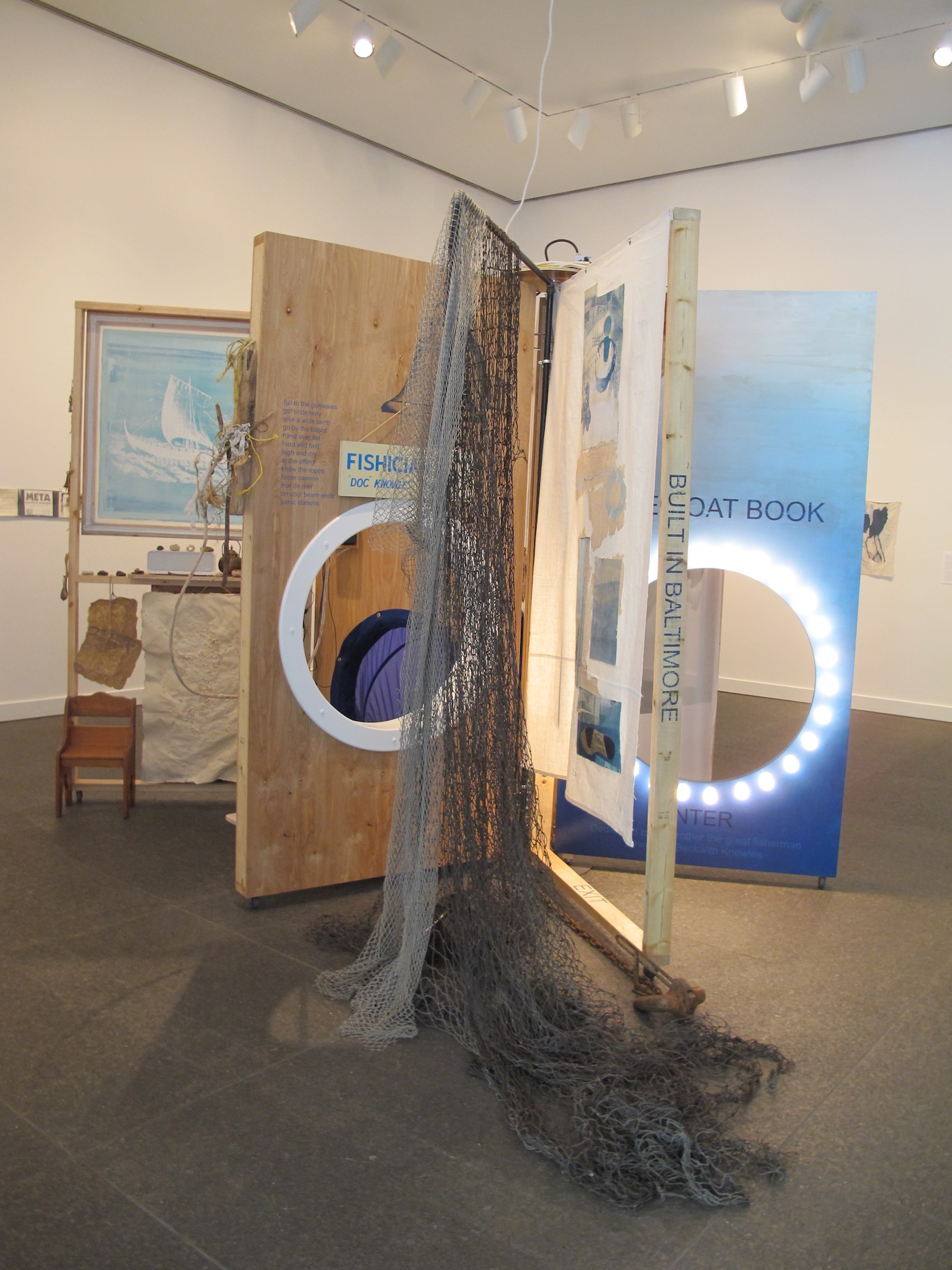
“The
Boat Book” (2014–15), installation view at the Carnegie Museum of Art,
wood and metal frame with screenprinting, digital print on silk,
handmade paper, collage and assemblage elements, personal ephemera,
beans, books, fishing net, photographs, ship anchor, fabric tunnel,
electrical lights, and audio recording
Knowles’s voice is heard throughout the exhibition, emanating from an
audio recording in the provocative installation “The Boat Book”
(2014–15). The eight-foot tall wood book, bound to a central spine, is
derived from Knowles’s original “The Big Book” (1966), where visitors
climbed through the structure in order to read. Knowles, now 82 years
old, scaled the new multimedia work on opening night, and dedicated the
piece to her fisherman older brother through the personal ephemera
adorning the work: books, toys, shipyard items, and beans. Though
viewers cannot touch this nautical-themed work, one can get up close,
hearing Knowles tell stories about the ocean, the sounds of waves and
seagulls, and becoming engrossed in the artist’s persona.

“Book
Jacket” (2006), installation view, clothing with collage elements and
found objects, ink and graphite on paper, cotton, handmade flax paper,
pins, paperclips and string, courtesy the artist and James Fuentes
Gallery, New York (click to enlarge)
Such tactile and personal work fills the tight gallery space,
allowing the viewer an intimate encounter with the artist and the
breadth of her art. The multigenerational works, displayed alongside one
another, demonstrate the artist’s persistent interest in collage and
traditional printmaking, and the beauty in everyday simplicity. “In and
Out the Window (Banner)” (2010), a 33-foot long collaged scroll, is
installed along a wall, with “Bean Rolls” (1963), a series of tiny paper
scrolls of found text set beside an open can of beans (one of her early
experimentations with the sculptural potential of the book), displayed
in a glass pedestal underneath. Above hangs “Shoe Print” (1972), a sepia
blueprint paper depicting a single used shoe. And, nearby, is “Book
Jacket” (2006), a collage of found objects, such as ink and graphite on
paper, cotton, handmade flax, pins, paperclips and string, all framed in
a wood rectangle without a distancing glass frame. Together these works
emit Knowles’s presence and compilation of life, literature, and art.
Knowles asks us to physically experience the now, which is refreshing
in a society with a relatively short attention span. Viewers are
invited into “Bean Garden” (1976/2016) a large wooden box filled with
navy beans, a favorite and reoccurring item in her work, as well as a
common meal of her upbringing. Feeling the beans between your toes, you
feel closer to the earth, sharing a giggle with other gallery-goers.
Each shuffle echoes via microphones at the bottom of the bin, each
movement audibly present around every corner of the exhibition. Tiny
beans scatter across the floor, like sand after a beach trip, a reminder
of the carefree moment that has passed.
More is to be observed: the ephemera and slides from Knowles’s Spring
Street studio in New York; her handmade flax paper instruments and
ghostly, gorgeous screen prints of everyday objects; and her poetry,
including a collaboration with fellow Fluxus artist
Philip Corner.
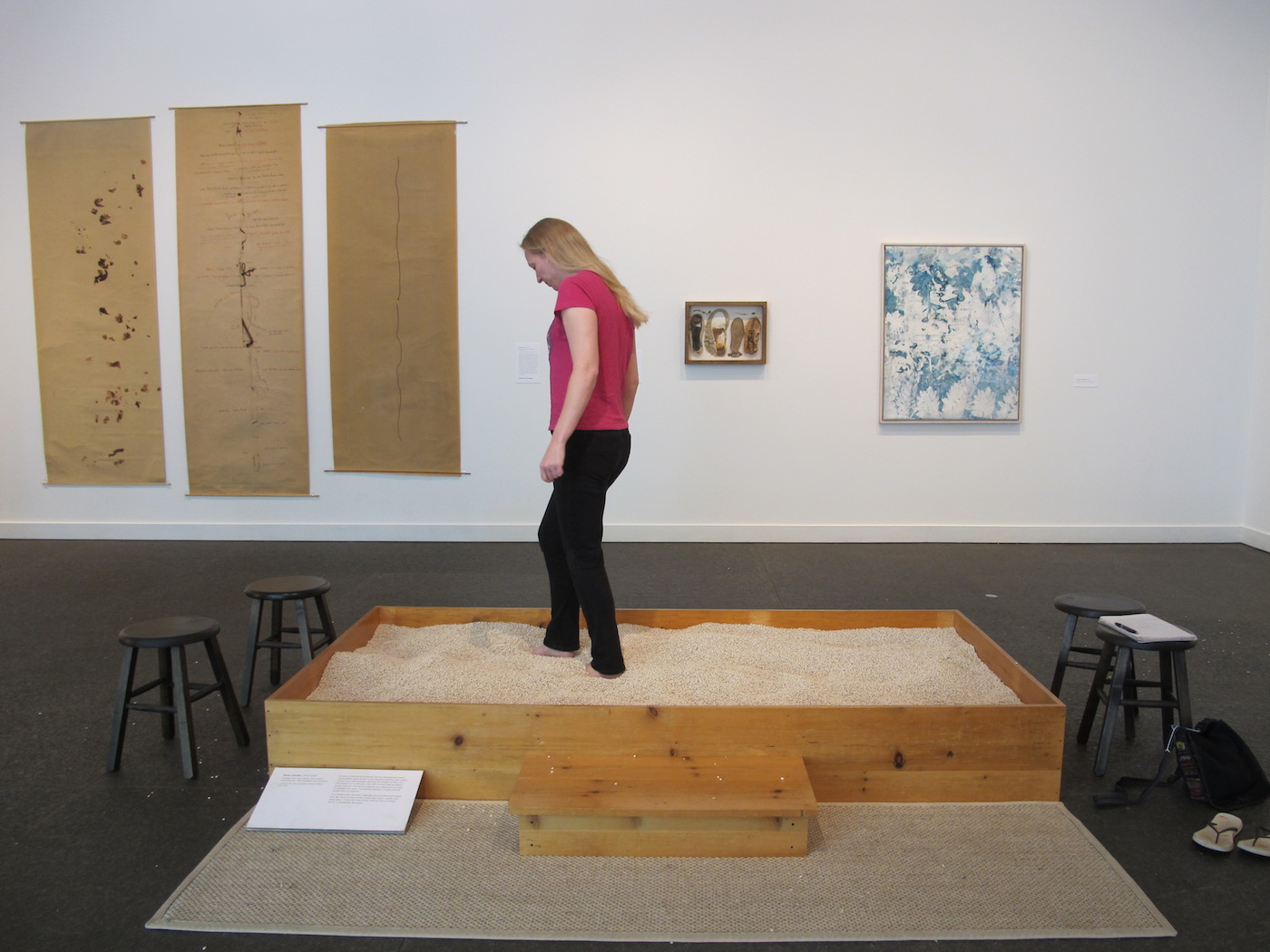
“Bean
Garden” (1976/2016), wooden box, navy beans, and contact microphones
with amplifier and speakers (photograph features the author)
Knowles continues to create and perform profoundly, seemingly around
mostly men (though she has collaborated with Yoko Ono). While this isn’t
a story about another overlooked female artist, perhaps the most
renowned Fluxus members are Knowles’s colleagues,
George Maciunas,
much credited for solely founding the movement, and
Allan Kaprow,
Joseph Beuys, and
Dick Higgins.
As an artist who happens to be a woman, Knowles began her career during
a time period also known for socially minded, innovative feminist art,
though there is no explicit indication of gendered inquiry in her work.
There is no mention of feminism or gender in any of the exhibition text,
which instead often refers to collaborations or relations with her male
cohorts. There is, however, a small
Venus of Willendorf
replica inside “The Boat Book” installation, perhaps a quiet reminder
of women’s strength and art historical precedents, whether ancient or
her contemporaries.
Knowles’s work strikes me, above all, as being approachable. Calming
and humble, the work bridges art and life in a way in which viewers can
coolly connect with, and maybe walk away with a new outlook, if
subconsciously, for seeing art in the everyday.
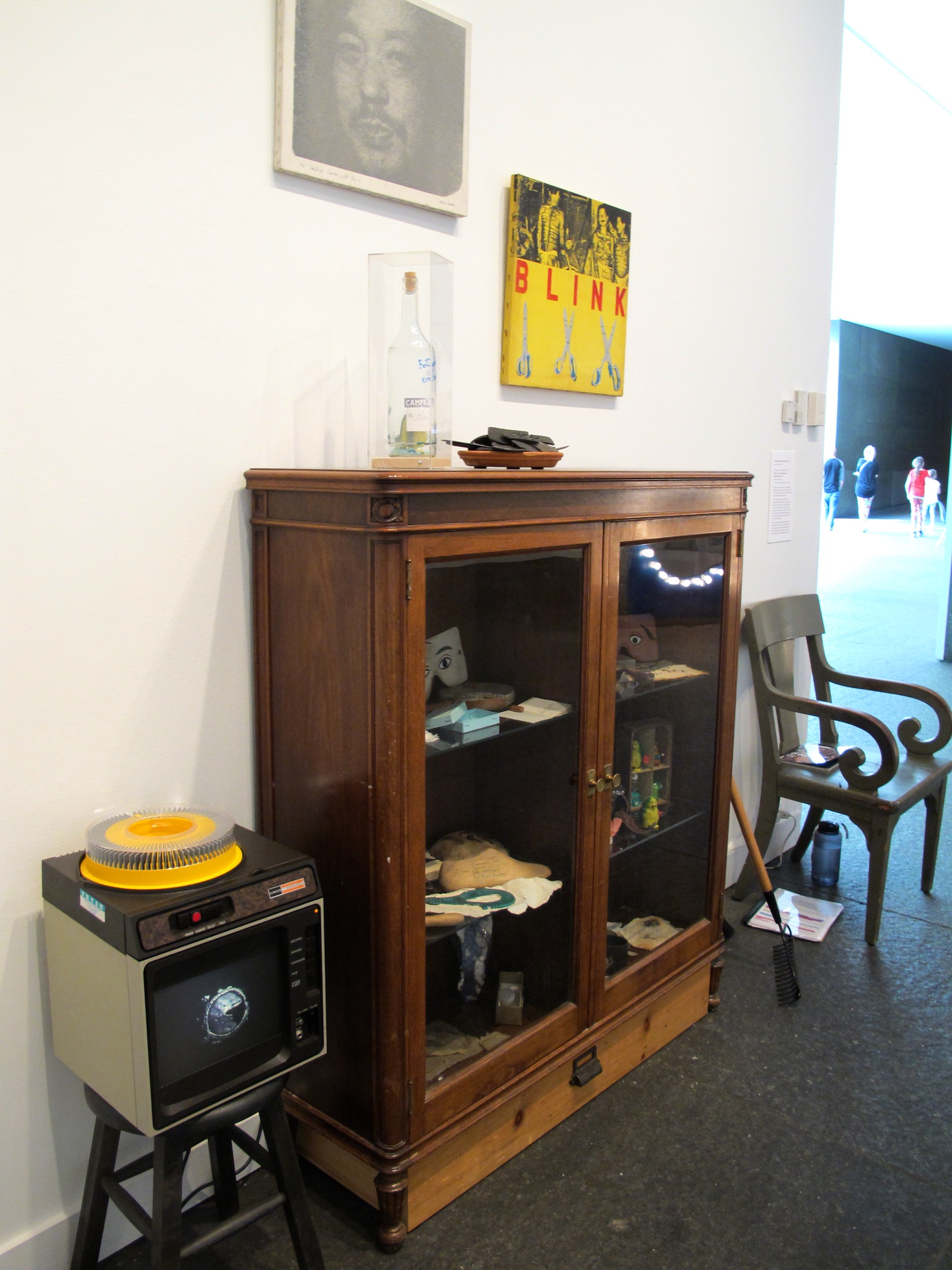
“Objects, editions, ephermera, and 35mm slides from Alison Knowles’s Spring Street studio, New York City,” dates vary
Alison Knowles continues
at the Carnegie Museum of Art (4400 Forbes Ave, Pittsburgh) through
October 24. Various participatory activities will take place throughout
the duration of the exhibition. Please visit the museum website for hours and information.

